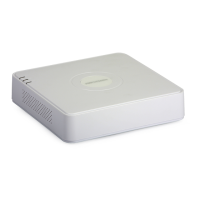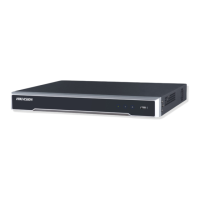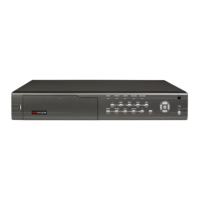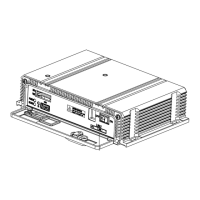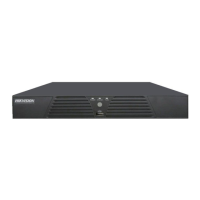User Manual of DS-7200/7300/8100-SH Series DVR
140
5. Click OK to save the setting for the current port and return to the upper-level menu.
6. Click Apply button to save the settings.
7. Enter the virtual server setting page of router. Input the internal port value in the Internal Source Port
textfield, the external port value in the External Source Port textfield, and other required information.
Note: Each item should be corresponding with the internal or external device port, including server port,
http port, RTSP port and https port.
Figure 9.25 Setting Virtual Server Item
Note: The above virtual server setting interface is for reference only, it may be different due to different router
manufactures. Please contact the manufacturer of router if you have any problems with setting virtual server.
9.2.6 Configuring Remote Alarm Host
Purpose:
With a remote alarm host configured, the device will send the alarm event or exception message to the host
when an alarm is triggered. The remote alarm host must have the CMS (Client Management System) software
installed.
Steps:
1. Enter the Network Settings interface.
Menu > Configuration > Network
2. Select the More Settings tab to enter the More Settings interface.
Figure 9.26 More Settings Interface
3. Enter Alarm Host IP and Alarm Host Port in the text fields.
The Alarm Host IP refers to the IP address of the remote PC on which the CMS (Client Management
System) software (e.g., iVMS-4200) is installed, and the Alarm Host Port must be the same as the
alarm monitoring port configured in the software (default port is 7200).
Figure 9.27 Configure Alarm Host
4. Click the Apply button to save and exit the interface.
